A new small SUV, entering one of the most hotly contested segments in the Australian new-car market is always a big deal.
And this is the latest - Hyundai’s all-new Kona - a critical arrival for the South Korean giant in its quest to win market share from established rivals like the Kia Seltos, Mazda CX-30, Subaru Crosstrek and Toyota Corolla Cross.
The second-generation Kona is launching with the two internal combustion models we’ll focus on here, each offered in Kona and Kona Premium guise with ‘N Line’ option packs available for both.
They will be joined by a 1.6-litre hybrid in the third quarter, and a pure EV variant in the fourth quarter of this year. But for now, let’s take a look at the purely petrol models.
Hyundai Kona 2023: Elite (Fwd)
| Engine Type | Inline 4, 2.0L |
|---|---|
| Fuel Type | Unleaded Petrol |
| Fuel Efficiency | 6.2L/100km (combined) |
| Seating | 5 |
| Price From | $27,720 - $33,440 |
| Safety Rating |
|
Design – Is there anything interesting about its design?
The new Kona is longer, wider and higher, with a bigger wheelbase than its predecessor, and while its footprint has grown the car’s striking design is destined to stand it apart.
Hyundai’s slim-line LED ‘Horizon’ positioning light at the front, already seen in the Staria, is a big point of difference and the absence of a conventional grille reinforces the car’s EV-led design.
Chunky guards define the wheel arches front and rear while a complex combination of character lines effectively forms a Z-shape along the side of the car.
Worth noting this kind of surfacing is usually confined to premium models because it’s so hard (and more costly) to get the panel shutlines right.
The rear carries over the futuristic look with a single light band across the car’s width and tail-light clusters embedded in the back of the angular rear wheel arches matching similar combination units in the front guards. They’re a reconfigured design echo of the outgoing model.
There’s a fair bit going on, even on the standard car, before the N Line versions add extra body-coloured cladding, unique 19-inch rims, an unusual ‘split’ roof spoiler and other specific exterior elements.
Inside, the look is clean and geometric with a two-level dash treatment dominated by the sizeable central multimedia screen, with twin displays creating a sleek, driver-focused digital band across more than half the car’s width.
_0.jpg)
On all 1.6-litre Turbo models and Kona Premium grades a shift-by-wire gear selector has been relocated from the centre console to a stalk behind the steering wheel, a la Ioniq 6 freeing up space in the centre console, which we’ll get to when looking at practicality, shortly.
As well as a more aggressive exterior the N Line Pack adds a sporty vibe inside with dark brushed alloy-effect elements around the cabin as well as gloss red inserts, red highlights and contrast stitching on the Alcantara and leather-trimmed seats, plus alloy pedal covers and perforated leather grips on the steering wheel.
Three exterior colours - ‘Cyber Grey’, ‘Neoteric Yellow’ and ‘Soultronic Orange’ are N Line exclusive.
.jpg)
Price and features – Does it represent good value for the price? What features does it come with?
Prices start at $32,000, before on-road costs, for the entry-level Kona 2.0L, rising to $39,500 for the Kona Premium grade. Adding the N Line Pack to either model will set you back an extra $4000.
Then the N Line-only 1.6-litre turbo AWD is $40,000 in base Kona guise rising to $46,500 for the Kona Premium flagship.
That’s a lift of around $5000 on the entry price and Hyundai is confident the new car’s size and spec justify the extra dollars and pitch it in line with key competitors like the Seltos, CX-30 and Crosstrek.
.jpg)
Aside from the performance and safety tech we’ll get to shortly, standard equipment highlights for the Kona include dual-zone climate control air, a 12.3-inch multimedia touchscreen, six-speaker audio with digital radio as well as Android Auto and Apple CarPlay connectivity.
There's also a leather-appointed steering wheel, cloth seats, a 4.2-inch display in the instrument cluster, four-sensor parking distance warning, 18-inch alloys, keyless entry and start as well LED headlights, DRLs and tail-lights.
.jpg)
The Kona Premium adds a 12.3-inch digital instrument display, eight-speaker Bose audio, ambient lighting, heated, ventilated and power-adjustable front seats (with two memories for the driver) and heated outboard rear seats, sat nav (with live traffic updates), a 3D surround view monitor, six-sensor parking distance warning, ‘Remote Smart Parking Assist’, voice control and partial leather trim.
The N Line pack brings body-coloured cladding and other specific exterior elements including the front bumper (with gloss black insert), side skirts, spoiler, rear bumper and gloss black mirror caps.
Also included are unique 19-inch alloy rims, a sports exhaust, dual projector beam headlights and the interior upgrades detailed in the Design section above.
.jpg)

Practicality – How practical is its space and tech inside?
At just over 4.3m long, 1.8m wide and close to 1.6m tall, the technically 'small' SUV is appreciably bigger on the outside and according to Hyundai, roomier on the inside thanks to a 60mm increase in wheelbase length.
At 183cm tall I have plenty of breathing space including ample headroom and in terms of storage there are bins in the doors with room for large bottles and two retractable cupholders in the centre console.
Speaking of which, as mentioned earlier, aside from the entry-level Kona 2.0L the new car swaps out the conventional console transmission shifter a ‘Shift-by’Wire’ stalk behind the steering wheel on the right hand side.
.jpg)
Given what would normally be a lidded box between the seats is more of a flip-up armrest (with a lift-out tray then clear air below it), once you’ve retracted the cupholders and removed a small pop-out barrier there’s heaps of space available (especially in terms of length) in that centre area.
You’ve also got a decent glove box as well as a wireless device charging bay, USB-C jacks for media and charging plus a 12V socket.
Move to the second row and you can instantly see where that extra wheelbase length has been put to good use.
.jpg)
During the launch I had the opportunity to back-to-back test rear seat room in the outgoing Kona and this new model, and the improvement is marked.
Easy access with lots of head- and legroom for two adults and enough space for three compliant grown-ups on a squeezy short trip (the transmission tunnel in the floor doesn't help here), or a trio of up to teenage kids on a longer drive.
For storage there are modest bins in the doors with room for smaller bottles, two cupholders in the fold-down centre armrest and netted pockets on the front seat backs.
.jpg)
Backseaters are also well taken care of with adjustable ventilation outlets and a pair of USB-C power sockets.
Hyundai claims improved cargo volume of 407 litres (VDA) with all seats up and 1241L with the 60/40 split-folding second row lowered… up appreciably on the outgoing model.
The boot also features a foldable dual-level floor-board and multiple shopping bag hooks as well as a cargo net and tie-down hooks.
A hands-free power tailgate is standard on the Kona Premium, the loading lip is agreeably low and the spare is a 16-inch space saver.
Towing capacity is a handy 1.3 tonnes for a braked trailer and 600kg unbraked.
Under the bonnet – What are the key stats for its motor?
The Kona and Kona Premium are offered with a naturally aspirated Atkinson-cycle 2.0-litre four-cylinder petrol engine sending 110kW/180Nm to the front wheels through a CVT auto.
The Atkinson cycle design maximises the effective cylinder expansion ratio (compression stroke vs power stroke) for greater efficiency.
Then, a 1.6-litre turbo-petrol engine pushing 142kW/264Nm to all four wheels via an eight-speed (torque converter) auto is in two N Line-only models across Kona and Kona Premium grades.
The 1.6-litre direct-injection engine delivers its maximum torque across a broad band from 1600 up to 4500rpm.
.jpg)
Efficiency – What is its driving range? What is its charging time?
Hyundai’s official combined cycle fuel economy number for the 2.0-litre CVT FWD powertrain is 6.6L/100km, with the 1.6-litre turbo AWD raising that to 7.6L/100km.
On the launch program we covered 300km worth of urban, B-road and some freeway running, returning an (indicated) average of exactly 6.6L/100km for the 2.0L atmo engine and 7.9L/100km for the turbo 1.6. Pretty impressive results.
Both engines run happily on 91 RON ‘standard’ unleaded, or E10, and the fuel tank holds 47 litres, which translates to a range of just over 700km for the atmo engine and around 600km for the turbo.
Driving – What's it like to drive?
When it comes to performance, the naturally aspirated 2.0L gets the job done. It’s no powerhouse but the CVT auto’s stepped sequential mode helps deliver more urgency around town. The car cruises easily on the highway, with plenty in reserve for safe overtaking.
Then, the 1.6L turbo is punchier, with peak torque accessible right across the mid-range. Whenever you need extra oomph it’s there under your right foot and the eight-speed auto is silky smooth.
Both cars feature a MacPherson strut-type front suspension with a torsion beam rear for the 2.0L and a multi-link set-up for the 1.6L turbo.
.jpg)
Unlike some other recent Hyundai arrivals the new Kona wasn’t the subject of a local suspension tuning program, rather a hybrid between a global tune and a purely local specification, with a series of components sent here for evaluation during the car’s development.
And it’s paid handsome dividends. Whether it’s riding on the standard 18s or the N Line’s 19-inch rims the car remains impressively composed over even heavily pock-marked urban and B-road surfaces.
Despite its slightly cushier rubber the standard car transmits more minor bumps and thumps, which may be down to the rear suspension, but strangely, it’s the front end that feels that bit harsher.
.jpg)
Hyundai claims the body’s tensile strength is up 10 per cent and there’s no reason to doubt it. Overall, both variants are impressive in terms of their low noise levels and dynamic refinement.
On top of that the steering is great - accurate and well-weighted with good road feel. And the 1.6 turbo N Line’s ‘on-demand’ AWD system, built around a variable-torque-split clutch, keeps everything under control as you start to push things along a bit.
The Kona weighs in at around 1.4 tonnes and braking is well up to scratch with ventilated discs at the front and solid rotors at the rear. No problems there.
.jpg)
Under the heading of miscellaneous thoughts, the front seats, from the entry car up, are impressively comfortable and supportive even after long stints behind the wheel.
The digital instruments are configurable and the switchgear is logically laid out with a sensible mix of physical and on-screen controls.
The ‘Quiet Mode’ function is a family-friendly feature limiting audio volume in the front to '25' while muted in the rear. Great for the front seat occupants and those dozing in the back.
.jpg)
A black mark goes against the annoying (audible) overspeed warning which defaults to active every time the car is restarted.
If you find the constant ‘bings’ from the system as annoying as we do (and you will) you’ll be navigating through several screens to disable it for every journey.
The lane-keep warning is also overly enthusiastic, but at least it can be turned off with the firm press of a steering wheel-mounted button.
.jpg)
Warranty & Safety Rating
Safety – What safety equipment is fitted? What is its safety rating?
The new Kona is yet to be assessed by ANCAP but Hyundai’s comprehensive ‘SmartSense’ safety suite is present and accounted for including active tech like radar and camera-controlled AEB (with car, ‘powered two-wheeler’, pedestrian and cyclist detection), blind-spot view and collision avoidance, ‘Lane-Following Assist’ and ‘Lane Keeping Assist’.
There’s also rear cross-traffic alert and rear AEB, active cruise control, ‘Safe Exit Warning’, ‘Surround View Monitor’ (a 360-degree camera view, front view, rear view, front/rear side view), ‘Driver Attention Warning’ and tyre pressure monitoring.
.jpg)
There are seven airbags on-board, including a front centre bag to minimise front occupant injuries in a side impact, as well as three top tether anchors and two ISOFIX positions across the rear seat for locating baby capsules or child seats.
‘Multi-Collision Brake’, designed to minimise the chance of additional impacts after an initial crash and an ‘Emergency Stop Signal’ function are also standard.
Ownership – What warranty is offered? What are its service intervals? What are its running costs?
Hyundai covers the Kona with a five-year, unlimited km warranty which is the industry standard these days.
A ‘Premium Roadside Support Plan’ is complimentary for the first 12 months and renewed annually as long as the vehicle is serviced by Hyundai, to a maximum of 10 years.
.jpg)
There’s a Lifetime Servicing Plan with maintenance intervals set at 12 months/15,000km and pricing is $399 for 2.0L atmo and 1.6L turbo variants for the first five years, which is 25 per cent up on the outgoing model using the same engines, but still pretty competitive.
The new Kona also features over-the-air update capability, via the brand’s 'BlueLink' network, connecting with media, safety, braking and performance systems.
Verdict
Hyundai expects the Kona to become the default small car choice from its local line-up. And this second-gen model has a lot to recommend it.
Yes, prices are up, but it’s bigger, with more passenger room and boot space, it’s well-equipped, dynamically excellent and impressively efficient.
With hybrid and full-EV versions arriving in the second half of the year this new Kona is a force to be reckoned with in the Aussie small SUV market.
Note: CarsGuide attended this event as a guest of the manufacturer, with accommodation and meals provided.
Pricing Guides






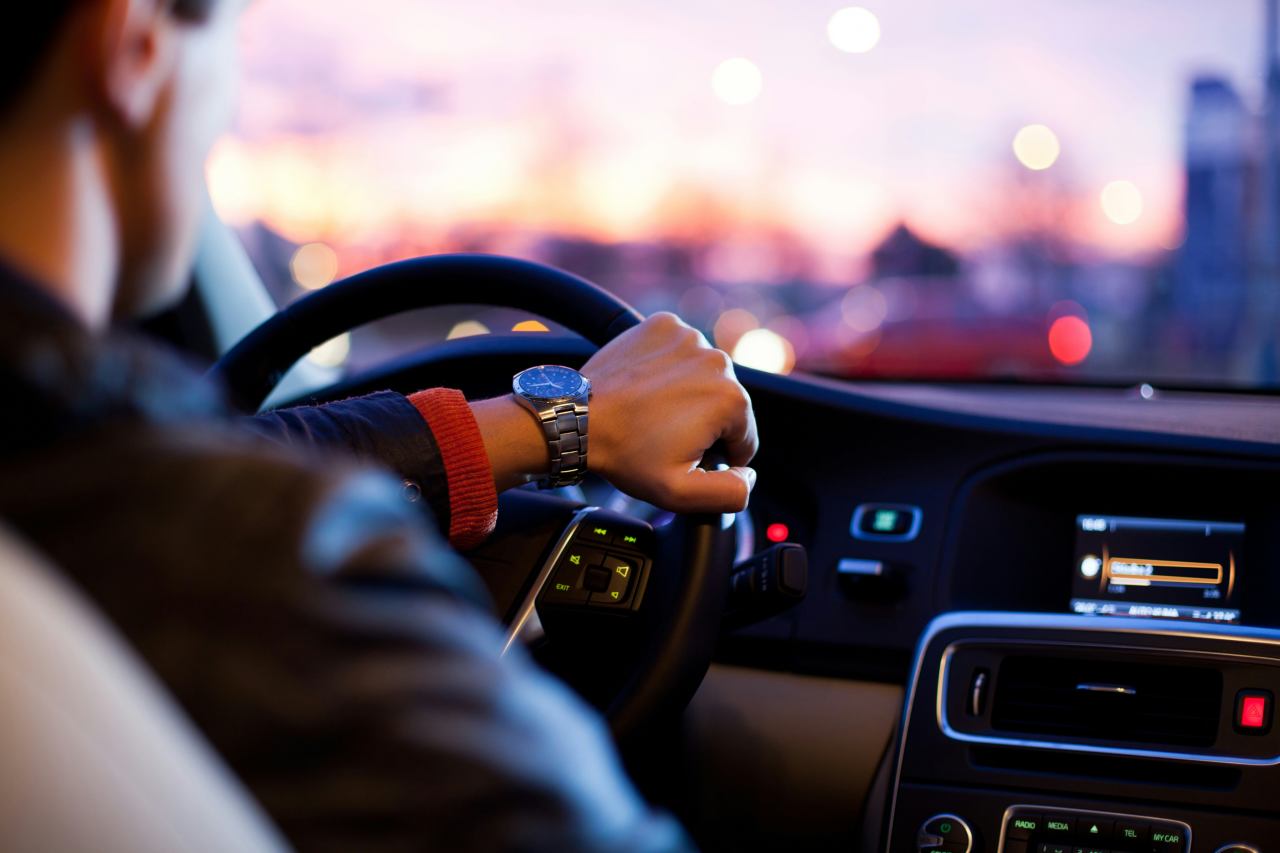

.jpg)
.jpg)
.jpg)
.jpg)
.jpg)
.jpg)
.jpg)
.jpg)
.jpg)
.jpg)
.jpg)
.jpg)
.jpg)
.jpg)
.jpg)
.jpg)


.jpg)
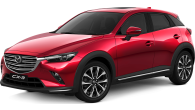
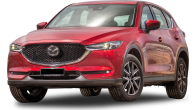





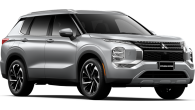









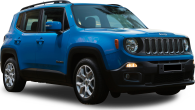
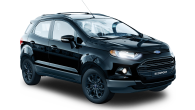








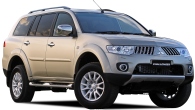


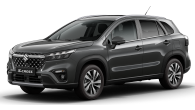

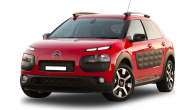




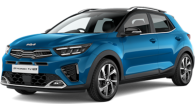



.jpg)
.jpg)



